A New Source of Fear
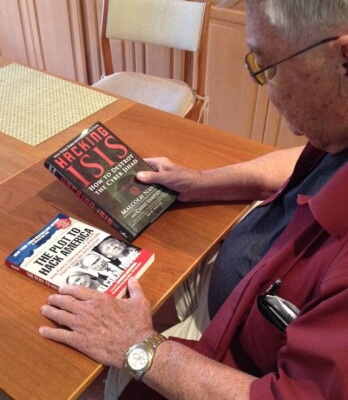
Recommended Resources
A Dose of Reality on ISIS and the Terrorism Risks
Virginia writes: “Terrorism is not a favorite topic of ours. A couple of months ago I wrote to provide some updated statistics. I figured that would hold us for a while. Today, though, recent news has compelled us to write again on this topic, from a different perspective. You may recall that Joe has background in military intelligence, so he has authored this Advisory.”
The 17th of May, 2015 was one of the most important days in the battle to defeat ISIS.
It marked the successful conclusion of one of the most important missions undertaken by US Special Forces – a raid on the operational center for the entire ISIS organization.
The center housed comprehensive files on the ISIS government and fighting forces in Iraq and Syria, from the leadership right down to the rank and file of their organization. And it was all on computer.
The Obama Administration authorized the undertaking. The target, located in Eastern Syria near Deir ez-Zor directly in the heart of ISIS occupied territory, was heavily fortified. Despite the defense of the target, it was completely overrun.
Our Special Forces returned with the electronic keys to the kingdom in the form of as much as seven terabytes of data that included virtually all of the financial transactions, resources (including payroll and biometric records) on their officials, their army and captives as well as addresses, cellphone numbers and the IP addresses of their remote locations.
This coup yielded the battlefield intelligence our forces needed to begin a systematic program to eliminate (or “vaporize”) — in the place and time of our choosing – ISIS leaders and key personnel.
This 2015 mission marked a turning point in the fight against the ISIS terrorist organization.
As the operation continued, it has had particular importance to us on the home fronts in the US, Europe and the Middle East. It means that there will be fewer skilled terrorists re-entering the country, and because we have more complete data on many of those who manage to escape the lethal battlefield, they are easier to apprehend.
Thus, as might be expected, we can expect more terrorist strikes by “amateurs.”
They will choose targets of opportunity, selected at random – which makes such attacks harder to anticipate and defend against. And, while any one person’s odds of being a victim of terrorism are small, each attack that appears on the news meets a goal of the organization, to frighten the populace and inspire the gullible.
On the news today we heard an interview with Malcolm Nance, expert on intelligence and terrorism, speaking about the latest ISIS recruiting effort using a 10-year old “American Boy.” Details are still sketchy, but Nance’s comments followed the theme developed above. Now that ISIS fighters are systematically being removed, ISIS propaganda is aimed at widows and children, hoping to turn them into suicide bombers!
I have confidence in Nance’s assessments, and have gone so far as to purchase and study three of the many books he has written over the past 10 years or so. (The image at the top of this Advisory shows me with two of his most recent books.) If you want to understand more, I recommend these three highly:
Hacking Isis focuses on the “cyber” aspect of ISIS’s recruiting and communications, and what we are doing to track and defeat them in cyberspace.
The Plot to Hack America details how Putin and WikiLeaks “tried to steal the 2016 election.” Obviously we learn more about this story every single day . . .
The Terrorist Recognition Handbook, first written in 2003 and updated in 2014, is a heavy-duty 394 page textbook on terrorist activities, with a particularly compelling chapter about suicide terrorism.
What can we do to protect ourselves, here at home and abroad?
For you and us, the best defense is the advice we have given repeatedly . . . “Situational Awareness!”
Train yourself to constantly take stock of where you are and what is going on around you. Always be cognizant of vulnerable crowd situations, how and where to exit dangerous situations and, above all, exercise caution and intelligence about how, when and where to bury your nose in your tablet or smart phone.
As for self-protection in random attacks, it is highly unlikely that any weapon or self-defense training will prove more useful than fleeing the scene or finding some place to hide and letting the professionals handle the attacker.
You may have a chance against a single attacker whose motive is intimidation, harassment or burglary, depending of course on your age, physical condition and self-defense skills. We have written before about simple weapons that you can use competently and conveniently. One of the simplest and most effective is a sturdy mechanical pen or pencil. Better yet is a “tactical pen” that is an actual ball point pen made of sturdy steel. Proper use of this “weapon” can effectively wound an attacker, seriously enough to make escape possible . . . or, even mortally wound the assailant.
But the story is different when faced with an active shooter or a knife-wielding assailant whose sole motivation is to kill you – and who isn’t worried about his own life. Even a citizen carrying a knife or gun may find it ineffective or worse, may lose control of the weapon and find it turned on them.
The bottom line — the more aware you are, the less likely you will be caught up in a dangerous situation, and the less likely you will need a weapon. Practice awareness!
Joseph Krueger
Your Emergency Plan Guide Team

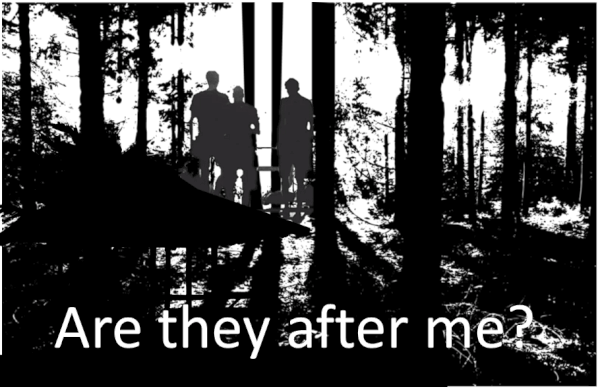 Do you ever roam the internet, checking out different survival forums and blogs?
Do you ever roam the internet, checking out different survival forums and blogs?


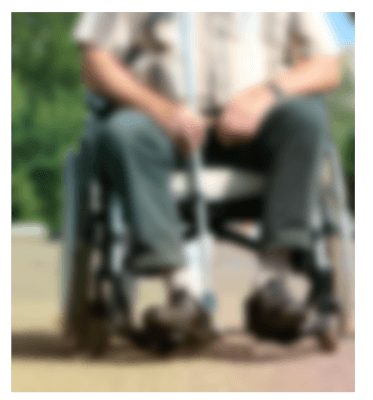

 Plus, just two days ago we emerged from a heightened earthquake alert resulting from a swarm of 140+ small quakes near the base of the San Andreas Fault. That’s the seismic fault that’s going to give birth to the long-overdue “Big One.”
Plus, just two days ago we emerged from a heightened earthquake alert resulting from a swarm of 140+ small quakes near the base of the San Andreas Fault. That’s the seismic fault that’s going to give birth to the long-overdue “Big One.”




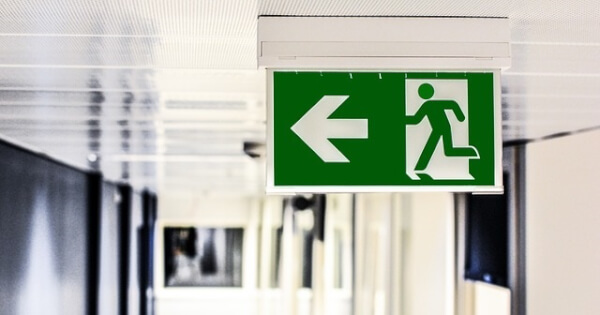
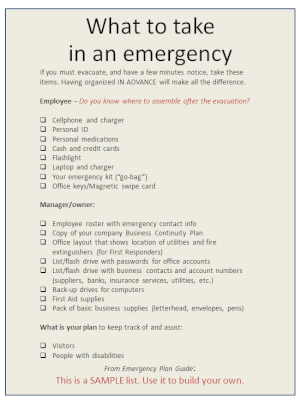












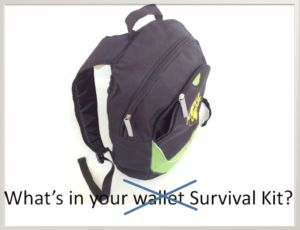 We can’t deal here with all the social issues on campus. But there are some things you can do to make your life away at school a bit safer and more secure. Take the time to check these out.
We can’t deal here with all the social issues on campus. But there are some things you can do to make your life away at school a bit safer and more secure. Take the time to check these out. The working of a typical commercial door hinge may be defeated by use of a belt. Tighten it down to prevent the door from opening, as shown by Bill Stanton, safety expert.
The working of a typical commercial door hinge may be defeated by use of a belt. Tighten it down to prevent the door from opening, as shown by Bill Stanton, safety expert.

 We have written before about the shadowy world of nuclear power plants. In last week’s news I found another of the disconcerting developments connected with plants that have been shut down and that are going through the “decommissioning process.”
We have written before about the shadowy world of nuclear power plants. In last week’s news I found another of the disconcerting developments connected with plants that have been shut down and that are going through the “decommissioning process.”




 OK, so you’re in good shape when it comes to preparedness.
OK, so you’re in good shape when it comes to preparedness.